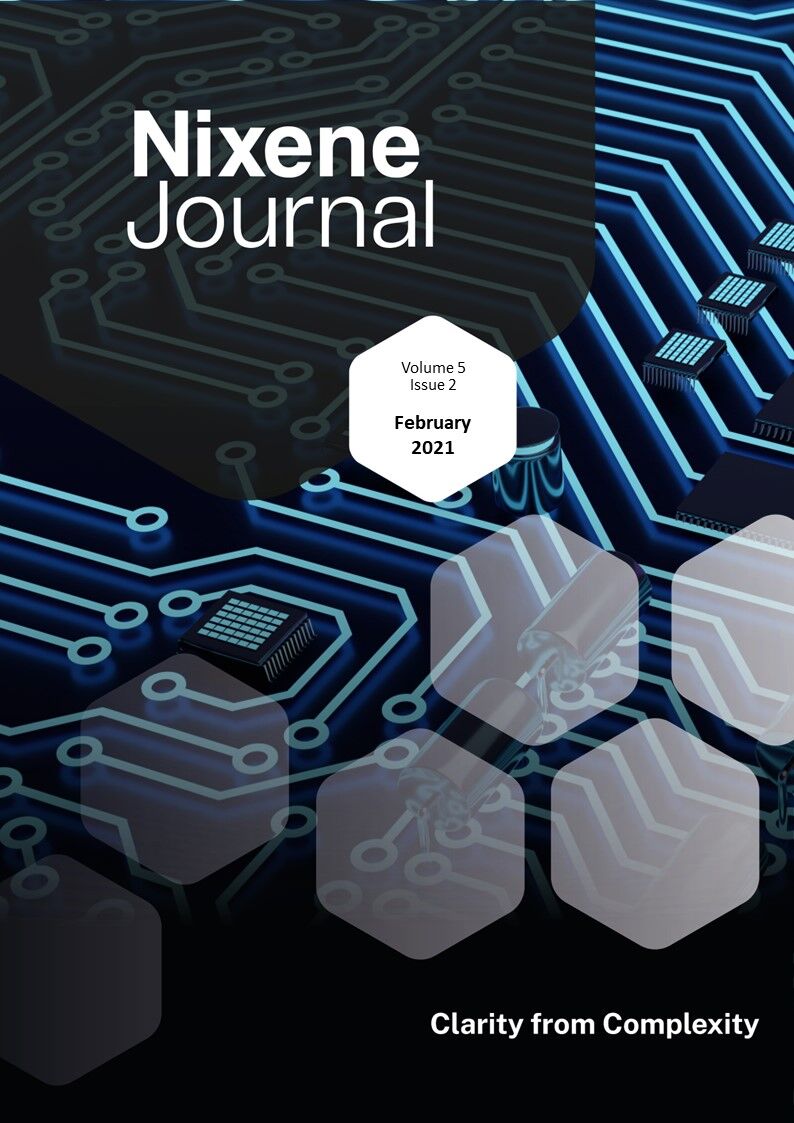Description
Is graphene safe? This is a question that is hard to answer directly for any material, let alone graphene. The safe answer has been that graphene is a new material, and more work is needed before that question can be properly addressed. This is understandable and unsatisfying in equal measure for those of us that seek certainty.
This month we are starting to see more clarity emerging. Nanoxplore, a Canadian graphene manufacturer released a paper that gave the strongest indication so far that graphene is non-toxic (page 10). This stimulated a debate in the academic community partly because this work is not peer reviewed by the academics. The debate revealed that the National University of Singapore (NUS) has been working on this very topic and agrees with Nanoxplore that graphene is non-toxic. They plan to publish in the near future.
So, is graphene safe? At the moment we know that any powdered nanomaterial must be handled so the dust is not breathed in or released to the environment. The signs are strong that graphene is not toxic. We will cover the Singapore work as soon as it is released.
We are starting to see more 2D materials and 2D heterostructures being explored by the research community. The early work seems to be focusing on electronics, probably because there are laboratories and teams around the world that are configured to do the computer simulation and experimental work. It looks like this will provide a rich seam to explore. One problem starting to emerge is that some are so new to us, how do we name these materials so we can talk about them in a straightforward way?
The US Army makes an appearance in this issue. Debbie interviewed the head of the ERDC laboratory that has been making water filtration membranes from a graphene oxide-chitosan composite material made from shrimp shells. As well as performing effectively, the material is 100% recyclable and sourced sustainably too. Not many projects have combined so many desirable themes.
We found that researchers in China have been exploring ways to turn layered graphene into diamonds. Meanwhile in Manchester another team has been exploring superconductivity in layered graphene / graphite and possibly opening a new way to explore the field that has become known as twistronics. It will come as no surprise to find this unconventional avenue involves our two Nobel Prize-winners. Andre and Kostya are have a natural talent to approach intriguing problems from new angles that others have not thought about.
As usual there is all this and so much more in yet another packed issue.
Adrian Nixon,
1st September 2020







